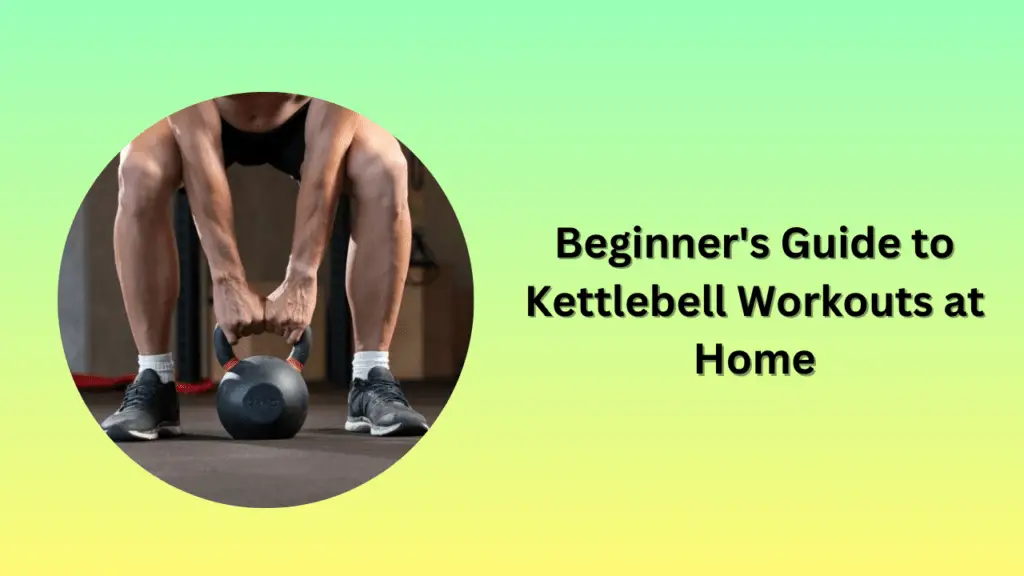Table of Contents
ToggleIntroduction
Are you looking to kickstart your fitness journey with a simple yet effective workout routine that can be done from the comfort of your own home? Look no further than kettlebell workouts! These versatile, bell-shaped weights build strength and endurance and improve flexibility and balance. This comprehensive guide will take you through everything you need to know about kettlebell workouts for beginners. So, grab your kettlebell, and let’s get started to do kettlebell workouts at home.
Benefits of Kettlebell Workouts
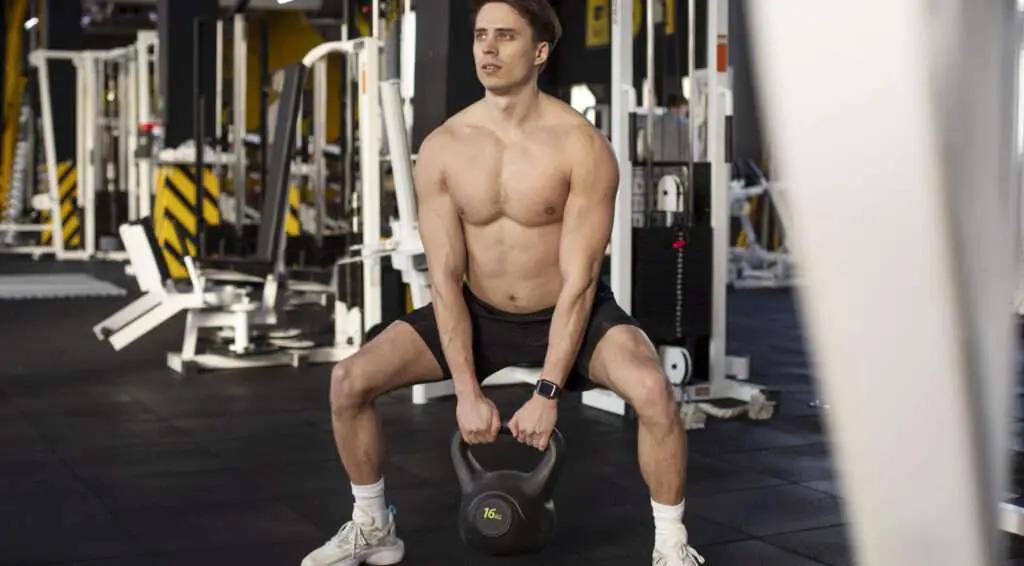
Kettlebell workouts offer a wide range of benefits for both your physical and mental health. Here are some of the key advantages of incorporating kettlebell exercises into your daily routine:
Effective Arm Workouts for Toned Muscles>>>
Full-Body Workout
Kettlebell exercises engage multiple muscle groups at once, providing a total body workout in a short amount of time. This means you can burn more calories and build strength faster than traditional weightlifting exercises.
Improved Cardiovascular Fitness
Many kettlebell exercises are dynamic and involve continuous movement, which can help improve your cardiovascular endurance. This makes kettlebell workouts a great option for those looking to boost their heart health.
Best supplements for muscle recovery>>>
Enhanced Core Strength
The unstable nature of kettlebells requires you to engage your core muscles to maintain proper form during exercises. This can help strengthen your core and improve your overall balance and stability.
Convenient and Cost-Effective
With just one or two kettlebells, you can create a versatile home workout routine that doesn’t require a lot of space or expensive equipment. This makes kettlebell workouts a practical and budget-friendly option for beginners.
Getting Started with Kettlebell Workouts
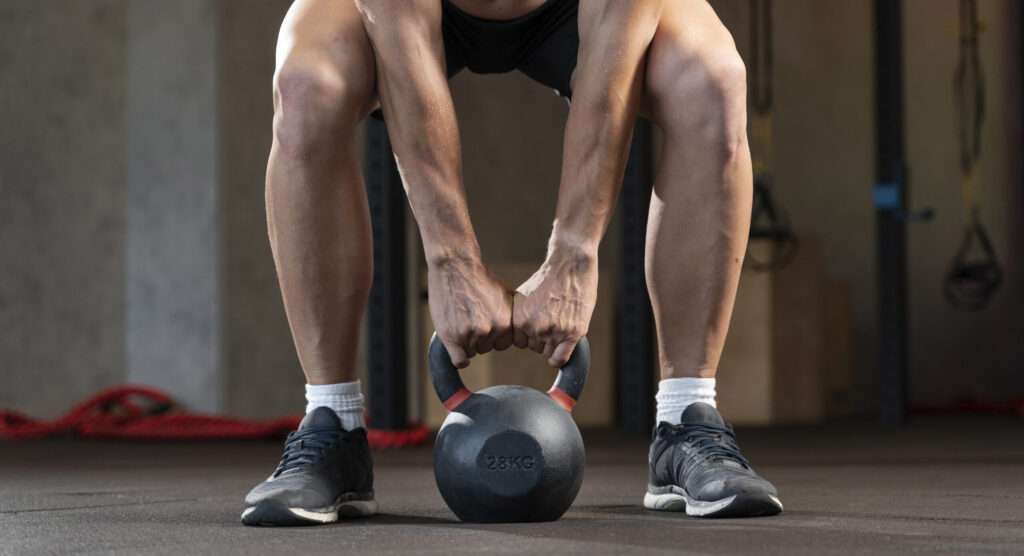
Choosing the Right Kettlebell
When starting with kettlebell workouts, selecting the right weight for your fitness level is essential. A general guideline is to choose a kettlebell that allows you to perform 8-12 reps with proper form before fatiguing. It’s better to start with a lighter weight and gradually increase as you build strength.
Setting Up Your Home Workout Space
Ensure you have enough space to move around freely without any obstructions. Consider investing in a quality workout mat to provide cushioning and stability during exercises. To stay hydrated during your workout, make sure to have a water bottle nearby.
Warm-Up and Cool Down
Before starting your kettlebell workout, warm up your body with dynamic stretches or a light cardio activity like skipping rope. This lowers the chance of injury and helps your muscles get ready for exercise. To quickly recover from your workout, make sure to cool down with static stretching.
Basic Kettlebell Exercises for Beginners
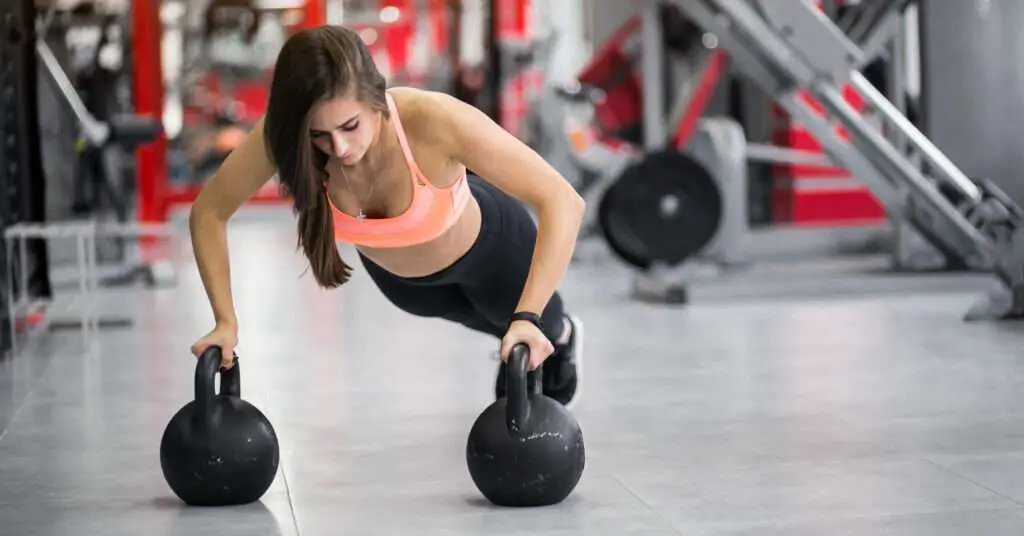
Here are some simple yet effective kettlebell exercises to include in your workout routine:
- Kettlebell Swing: Hold the kettlebell with both hands, hinge at your hips, then swing the bell up to shoulder height.
- Goblet Squat: Hold the kettlebell to your chest, squat down, then stand back up.
- Russian Twist: Sit on the floor, hold the kettlebell with both hands, then twist your torso from side to side.
- Single-Arm Row: Place one hand on a bench, hold the kettlebell in the opposite hand, and row it towards your body.
Right kettlebell for beginners
To choose the right kettlebell for beginners, it’s crucial to consider factors like your strength level, experience, and the type of exercise you plan to do. Here are the key points:
- Start Light: Beginners should generally start with a lighter kettlebell to focus on mastering proper form and technique before progressing to heavier weights.
- Men’s Recommendations: For men, starting weights range from 12-16 lbs (6-8 kg) for beginners, with suggestions like 35 lbs (16 kg) for those with no weightlifting experience.
- Women’s Recommendations: Women tend to underestimate their strength, so starting with a weight slightly challenging like 8 kg (18 lbs) is recommended for beginners.
Progressing Your Kettlebell Workouts
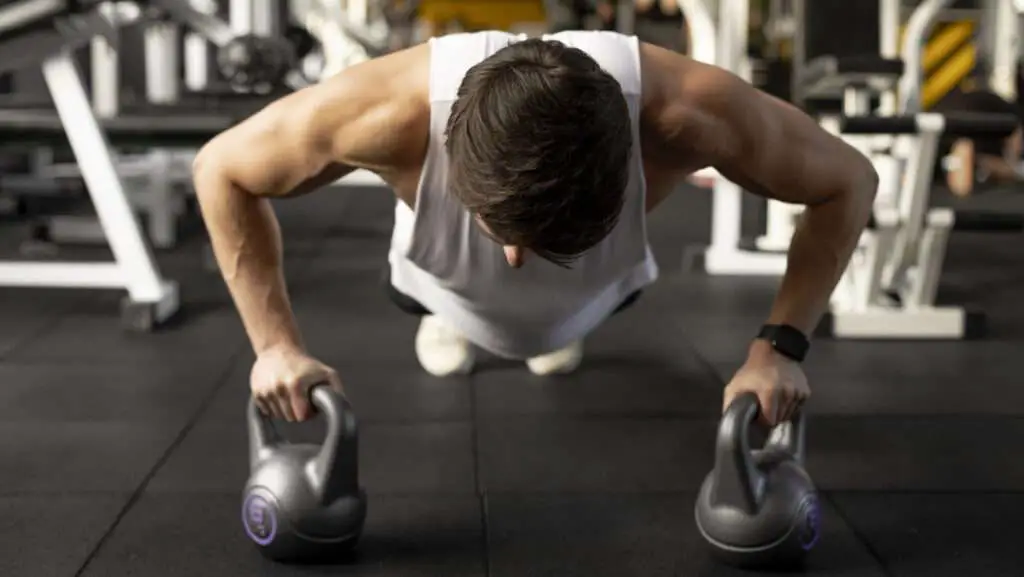
As you become more comfortable with the basic kettlebell exercises, you can start to progress your workouts by:
Increasing Weight
Increase the weight of your kettlebell slowly to keep your muscles challenged and promote strength gains.
Adding Variety
Incorporate new and advanced kettlebell exercises into your routine to target different muscle groups and prevent plateaus.
Adjusting Reps and Sets
Experiment with different reps and set ranges to keep your workouts interesting and effective. You can try performing fewer reps with heavier weights for strength gains or more reps with lighter weights for endurance.
Listening to Your Body
Pay attention to how your body responds to each workout and adjust as needed. Rest when you feel fatigued, stay hydrated, and prioritize proper form to prevent injuries.
Safety tips for using kettlebell

As a beginner using kettlebells, it’s crucial to prioritize safety to prevent injuries and maximize the effectiveness of your workouts. Here are some essential safety tips:
- Choose the Right Kettlebell: Select a kettlebell that is the correct weight and size for you to handle comfortably to avoid injuries and accidents.
- Proper Warm-Up: Always warm up properly before starting your kettlebell workout to prepare your body for the exercises and reduce the risk of strains or injuries.
- Maintain Proper Form: Focus on maintaining proper form and technique during exercises, especially by keeping your back straight, using your hips, and aligning your body correctly to prevent injuries.
- Breathing Technique: Practice proper breathing techniques like abdominal bracing to protect your spine and minimize the risk of injury during kettlebell exercises.
- Start Light and Progress Gradually: Begin with lighter weights to master movements and gradually increase the weight as you improve to avoid overexertion and strains.
- Workout Space: Ensure you have ample space to perform kettlebell exercises safely, free from obstacles or potential collisions, and choose a stable, non-slip surface for your workouts.
- Seek Expert Guidance: If you’re new to kettlebell exercises, consider seeking guidance from a qualified fitness professional or trainer to ensure you’re performing the exercises correctly and safely.
Conclusion
Kettlebell workouts are a fun and effective way for beginners to improve their strength, endurance, and overall fitness levels from the comfort of their homes. By following the tips and exercises outlined in this guide, you can confidently embark on your fitness journey and achieve your health goals one swing at a time. So, grab your kettlebell, crank up your favorite workout playlist, and let’s get moving!
